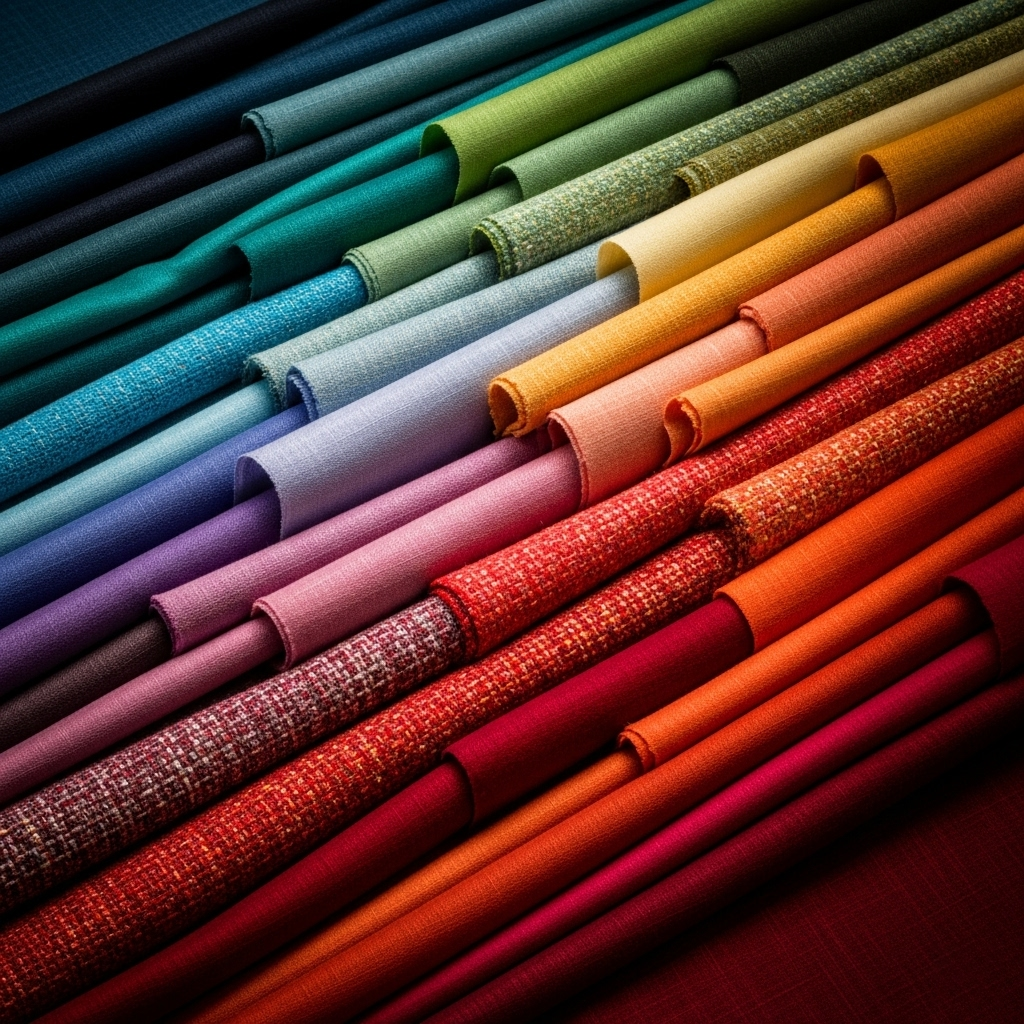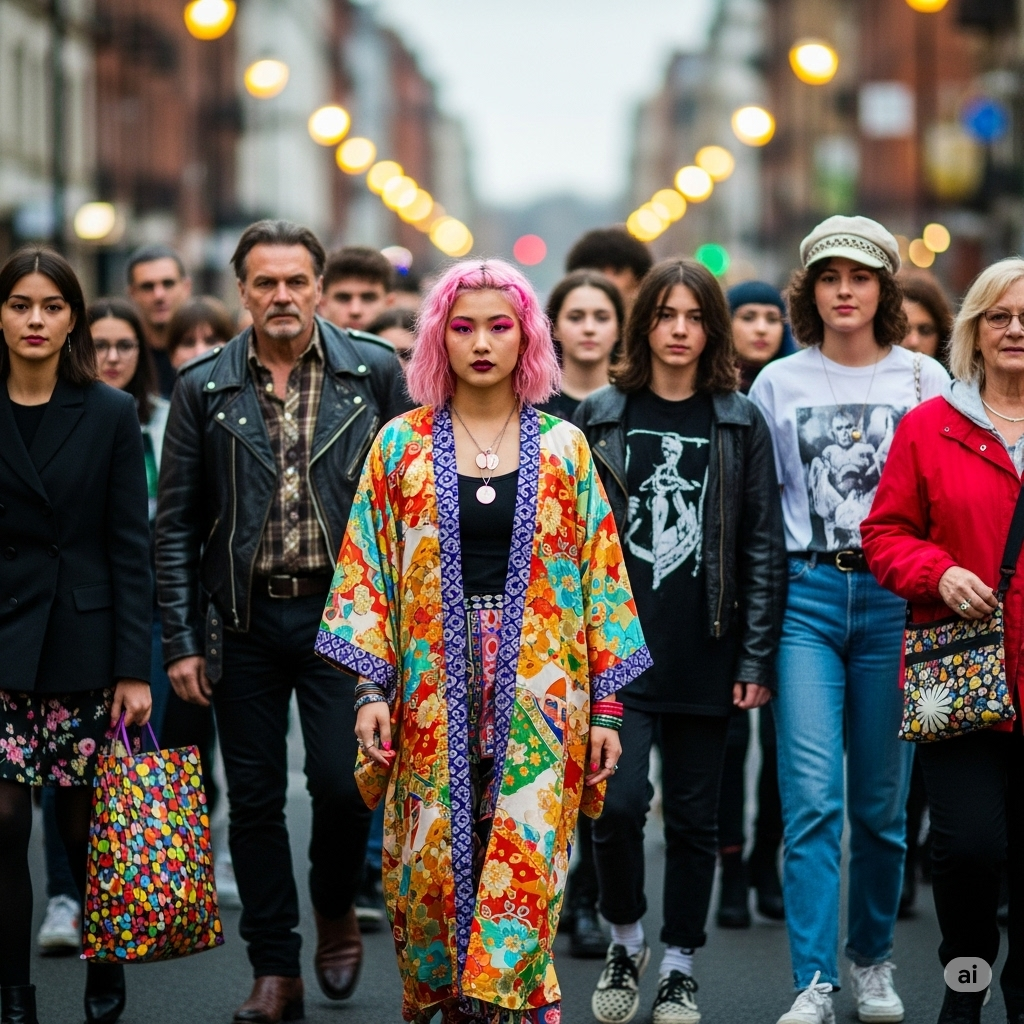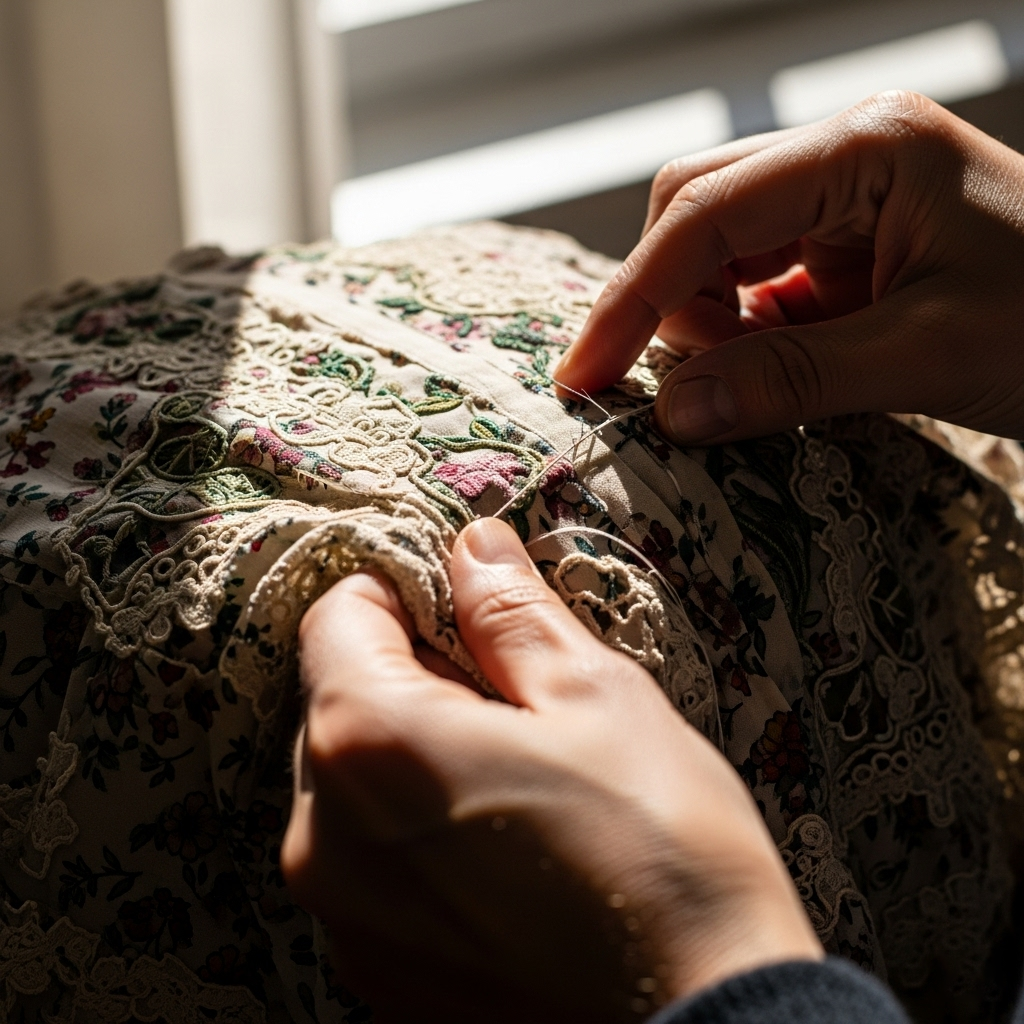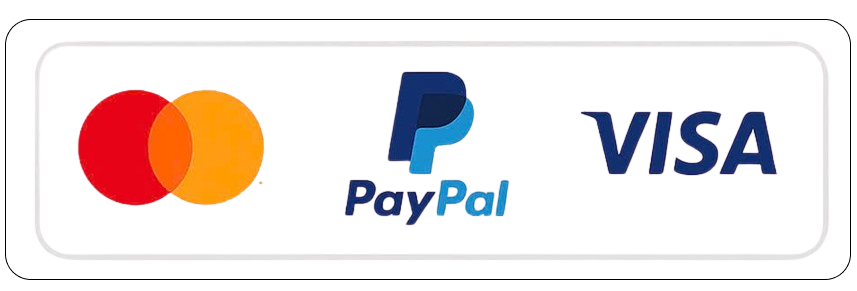No products in the cart.: $0.00
The Psychology of Color in Fashion

Color is a fundamental element of fashion, wielding a profound influence on our perceptions, emotions, and even our behavior. Beyond mere aesthetics, the colors we choose to wear communicate unspoken messages about our personality, mood, and cultural affiliations. Understanding the psychology of color in fashion can empower us to make more intentional choices about our wardrobes and harness the subtle yet powerful language of hues.
Different colors evoke distinct psychological responses. For instance, red is often associated with passion, energy, and confidence. Wearing red can make one feel more assertive and can also attract attention. In contrast, blue is often linked to calmness, trust, and stability. It’s a color frequently chosen for professional settings, conveying a sense of reliability and composure. Yellow is typically associated with happiness, optimism, and creativity, while green often symbolizes nature, growth, and tranquility.
The cultural context of color is also crucial to consider. While certain color associations may be relatively universal, others can vary significantly across different cultures. For example, white is often associated with purity and weddings in Western cultures, but it symbolizes mourning in some Eastern societies. Similarly, red can represent good luck and prosperity in some cultures, while it might carry different connotations elsewhere. Being mindful of these cultural nuances is essential when navigating fashion choices in a globalized world.
Our personal experiences and associations with color also play a significant role in how we perceive and react to them. A particular shade might evoke a positive memory or feeling based on past experiences, influencing our inclination to wear it. This personal connection to color adds another layer of complexity to its psychological impact in fashion.
The way we combine colors in our outfits can also create different effects. Monochromatic looks, featuring different shades of the same color, can convey sophistication and elegance. Complementary color combinations, pairing colors opposite each other on the color wheel (such as blue and orange), can create a bold and vibrant statement. Analogous color schemes, using colors that are adjacent on the color wheel (like blue, blue-green, and green), often create a harmonious and balanced feel.
The occasion and context also influence our color choices. For formal events, darker and more subdued colors like black, navy, or deep jewel tones are often preferred, conveying a sense of seriousness and elegance. In more casual settings, brighter and bolder colors might be more appropriate, reflecting a relaxed and playful mood. Understanding the unspoken dress codes associated with different events can guide our color selections.
The fashion industry itself plays a significant role in shaping our perceptions of color. Trend forecasting and seasonal color palettes influence what colors are considered fashionable at any given time. Designers strategically use color to evoke specific moods and target particular demographics in their collections. The marketing and visual merchandising of fashion also heavily rely on color psychology to attract consumers and create a desired brand image.
Ultimately, the psychology of color in fashion is a powerful tool for self-expression and communication. By understanding the associations and effects of different hues, we can make more conscious choices about our wardrobes and use color to convey our desired image and mood. Whether we’re seeking to project confidence in a bold red dress, convey professionalism in a navy suit, or embrace joy in a sunny yellow top, the colors we wear have a profound impact on how we feel and how we are perceived by the world around us. Embracing the full spectrum of color allows us to tap into a rich and nuanced language that speaks volumes without uttering a single word.




